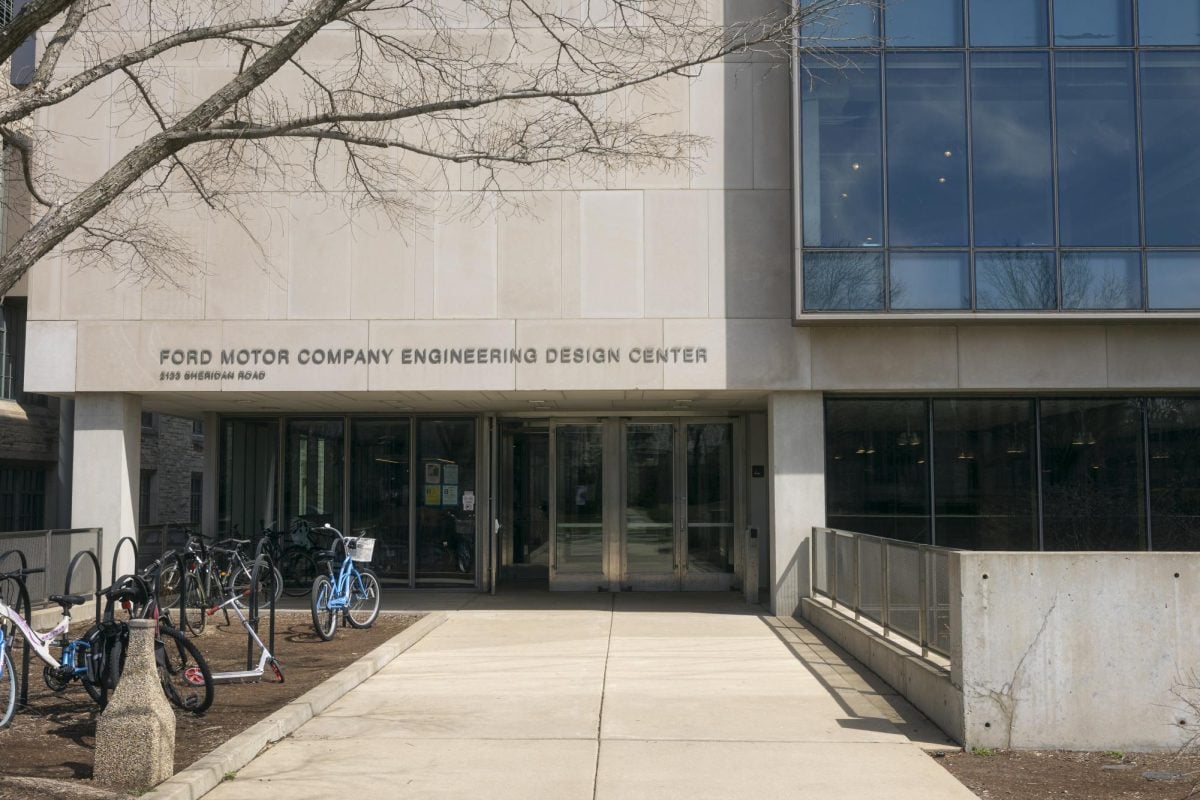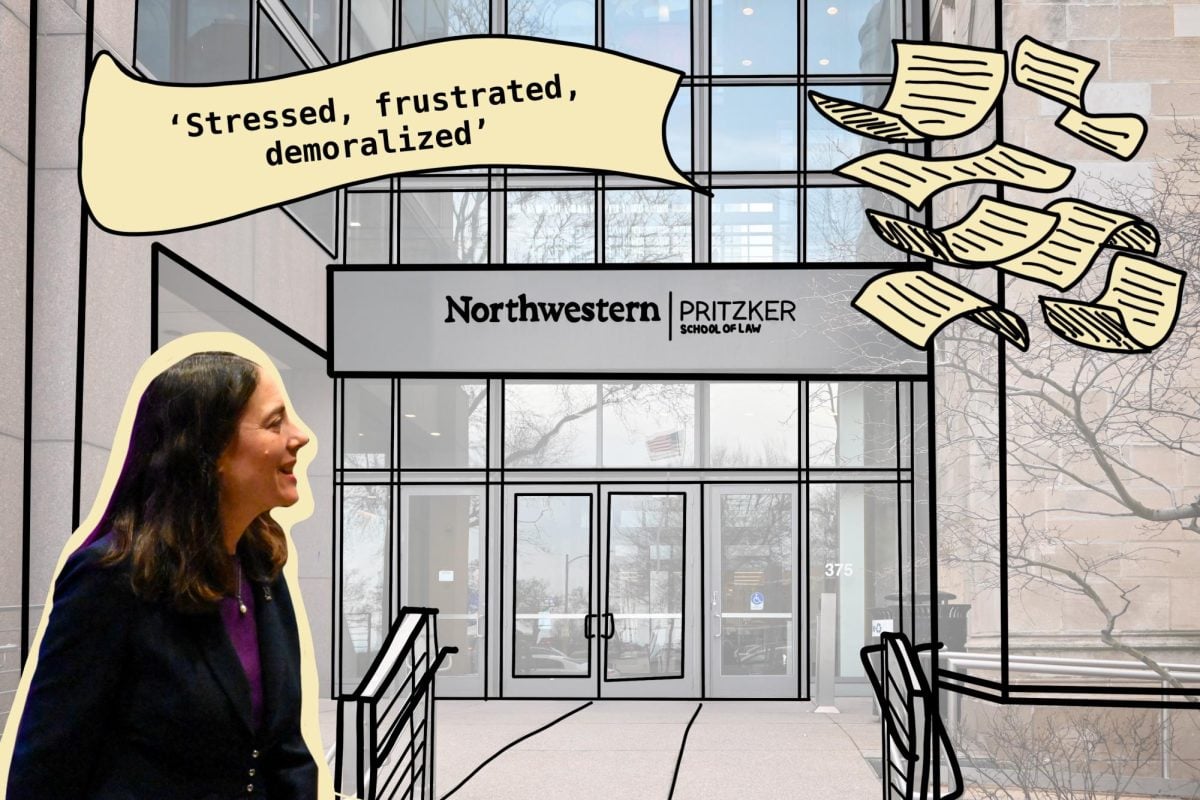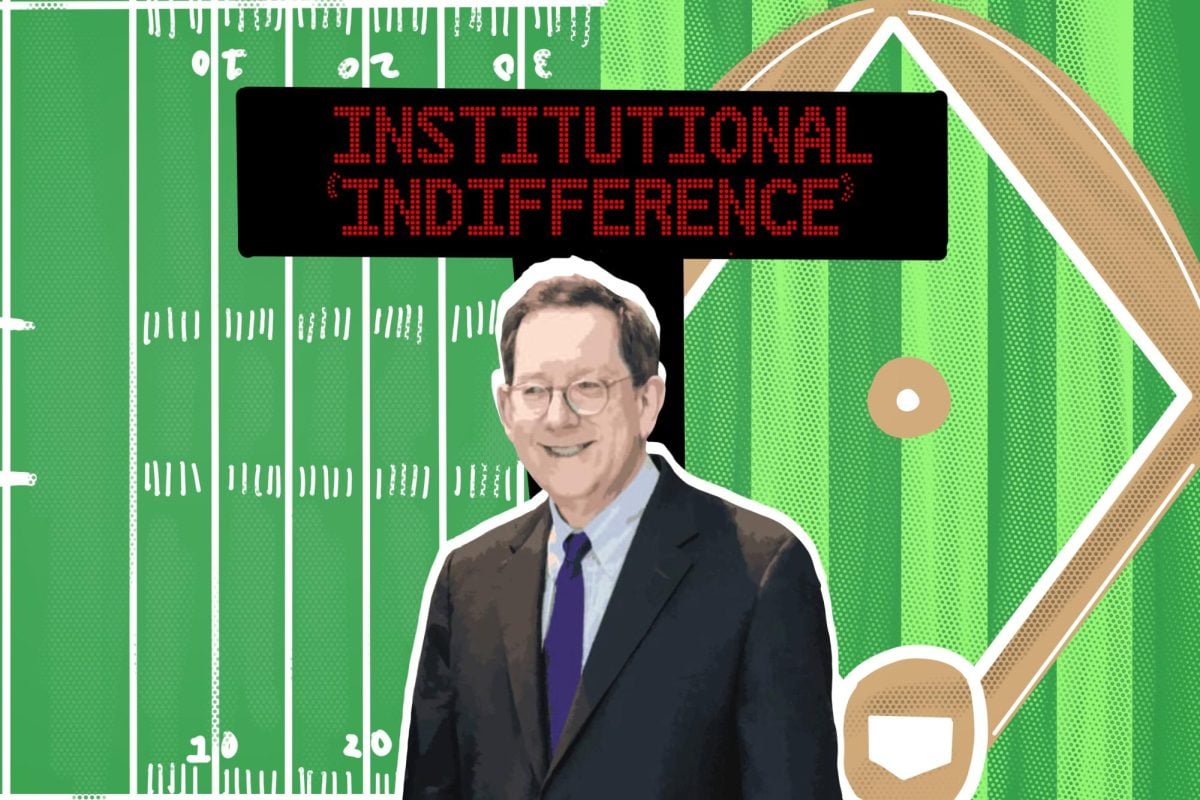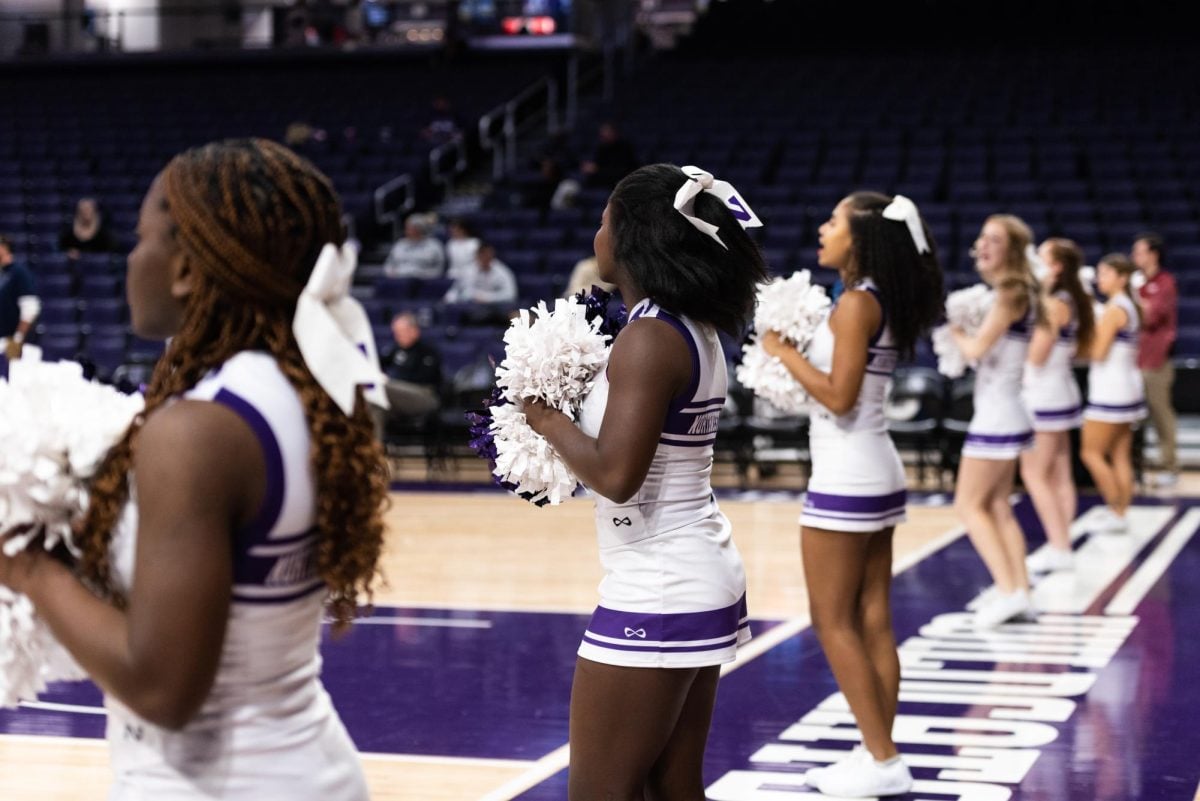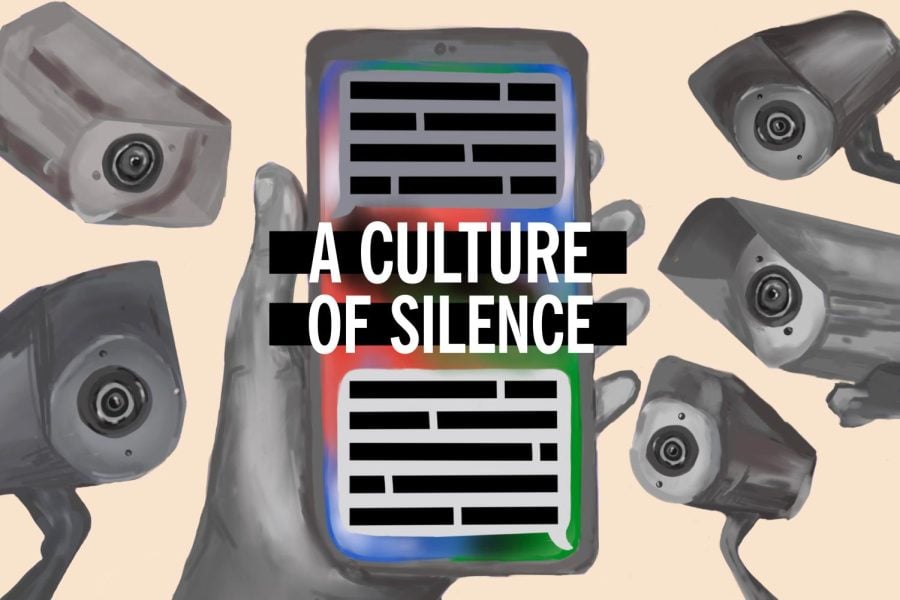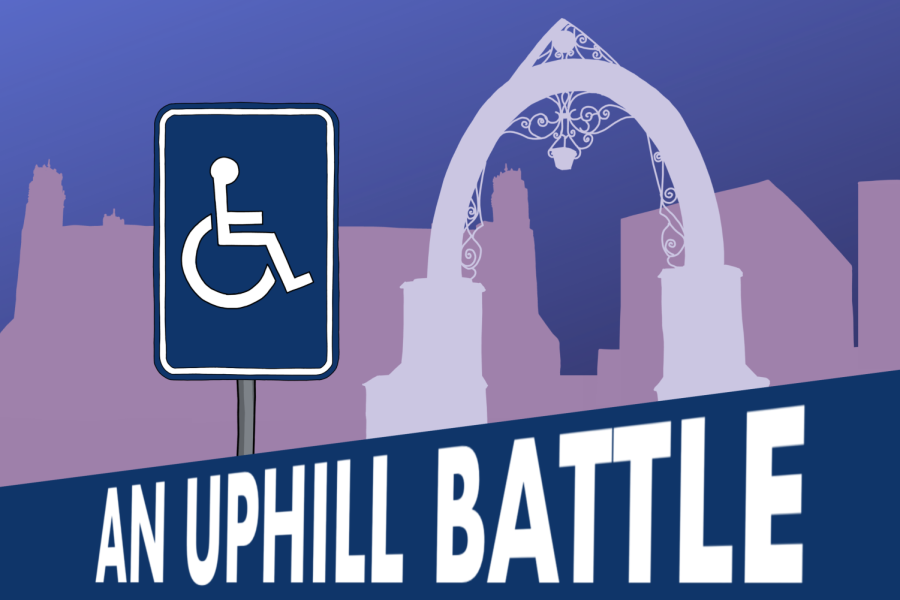This week marks the two-year anniversary of Northwestern’s blackface incident, when two students used blackface in their Halloween costumes, igniting a campus-wide controversy and triggering a discussion about race relations at NU.
About a week after the incident, then-Weinberg sophomore Kellyn Lewis wrote in a letter to The Daily that the episode reflected a troubling racial climate on campus.
“Images like these not only serve to dehumanize all members of the black community at NU and abroad,” he wrote, “but it points to the lack of respect for one’s peers and illuminates a mentality held by a multitude of people at NU.”
In the wake of the incident, the University hosted a forum to address the history of blackface. Students at the forum voiced additional concerns, including racial profiling, and newly inaugurated University President Morton Schapiro pledged to create a more inclusive campus environment.
Two years later, despite increases in minority enrollment, Lewis and other black members of the NU community said they feel the University still does not provide an inclusive enough environment for minority students across campus.
“This is definitely not a post-racial society and Northwestern is not an exception to that,” Communication junior and former Associated Student Government Vice Presidential candidate Jazzy Johnson said.
For SESP senior and For Members Only Coordinator Tyris Jones, the blackface incident was not his first encounter with uncomfortable racial dynamics on campus.
When Jones realized he was one of only 87 black students who enrolled at Northwestern in 2008, he said it felt like “a slap in the face,” as if there weren’t enough qualified black students to fill NU’s undergraduate class. The lack of diverse perspectives has proved to be detrimental for him and his peers, he added.
“I think our class was robbed a bit,” Jones said.
He said he thinks the admissions office should strive to see black students represent 10 percent of freshman enrollment. Even though the figure hasn’t reached that mark yet, black enrollment at NU has steadily increased since his freshman year.
There are currently 152 black freshmen enrolled at NU, wrote Associate Provost Mike Mills in an email. For the class of 2015, 7.2 percent of students are black, 9 percent are Hispanic and 7 percent are international students, according to a press release from the Northwestern Newscenter.
The previous year’s class was 6.9 percent black and 8.2 percent Hispanic.
During 2008, when the number of black students enrolling at NU hit a record low, the enrollment for students of all demographics decreased, Mills said. Black students provided the most pronounced decrease, he added.
“We hope it was just a blip, an anomaly, and we hope we don’t see it again,” Mills said.
In order to avoid a repeat, Mills said, the University created many admissions and financial aid initiatives to attract more minority students. A year after the drop, the University joined the national QuestBridge program, which offers full four-year scholarships to high-achieving, low-income students to selective universities. NU also created the Good Neighbor, Great University scholarship for Chicago and Evanston students.
Other financial aid initiatives to help all low-income students include the No-Loan Pledge Scholarship and NU’s Debt Cap Scholarship, which caps some students’ federal need-based loans at $20,000.
“(Minorities) are disproportionately beneficiaries of these programs,” Mills said.
Black and Hispanic student recruiters also play key roles in NU’s efforts to boost minority enrollment, said Dean of Undergraduate Admissions Christopher Watson, highlighting the programs NU Ambassadors and Council of Latino Admission Volunteers for Education.
Bradley Akubuiro (Medill ‘11) was a NU Ambassador program coordinator during his undergraduate career and he said the year of 87 black students enrolled launched a new “era” of student collaboration with the admissions office.
That year, students and admissions administrators launched Take NU Home, which helps current NU minority students visit their home schools to recruit more potential students.
But since then, Akubuiro has seen a decrease in student involvement in minority recruitment, he said. This decrease concerns him.
“The reason these programs were so effective is because of the student involvement, and if you lose that component, then you fall back into the same issue you had originally,” he said.
Medill senior Dallas Wright attended Walter Payton College Preparatory High School in Chicago and he said he remembers minority students speaking of Northwestern as an unattainable ambition.
Although this attitude was discouraging, Wright said it influenced how his community viewed him after he began attending NU.
“That became my identity,” Wright said. “It was such a rarity for a lot of people that I knew back home to see a black man at Northwestern.”
Once he enrolled at NU, Wright felt like a rarity again as the only black student living on his floor in Bobb-McCulloch Hall.
He also turned down a Sigma Phi Epsilon bid because he did not want to be the only black student in the fraternity.
Other students said they are frustrated by the quality of social interactions between racial and cultural groups on campus.
Johnson said students tend to socialize with others who look like them. Although she added this phenomenon is natural, it can grow to be detrimental for the entire community.
“The issue comes when you never cross that line to find any kind of cross-cultural relationships,” she said.
According to Dean of Students Burgwell Howard, NU students do discuss racial issues, but the discourse can still be improved.
“I think we could always have more intergroup dialogue,” Howard said.
Mills added NU’s geographical location can also hinder efforts to increase minority student enrollment.
“The Midwest tends to lag (behind) the East Coast and the West Coast in African-American and Hispanic enrollment,” he said.
Many high-achieving students, including minority students, who grow up in the Midwest gravitate towards colleges on the East and West Coasts, Mills said.
This trend is due in part to the historical reputation of the East Coast as a hub for academic prestige, he said.
“We’re like a net exporter of students,” he said.
However, Mills also said NU is consistently more diverse than its peer institutions in the Midwest, including the University of Michigan, The University of Chicago, Washington University in St. Louis, Oberlin College, and Carleton College.
NU’s need-based financial aid policies may also drive minority students to seek out other universities that offer merit-based aid, Mills said. NU offers no merit-based aid.
In addition to focusing on recruitment and financial aid, Howard said NU has also taken steps to educate students on campus about issues related to diversity.
One NU program Howard said helps students realize they share similarities despite cultural and racial differences is the reformatted Essential NU on diversity. Created a year ago, the orientation event asks students to stand up if they align with certain identities and household situations, such as single-parent family, bisexual, etc.
The program, Howard said, helps students see similarities beyond physical differences.
“What we’re trying to do is not only have an appreciation and respect for difference but see it as an asset to our community,” he said.
In a recent interview with The Daily, President Morton Schapiro echoed the same sentiment.
“I’m hoping that at the end of this decade not only the numbers are getting better but equally and even more importantly that we’re going to creat
e more of an inclusive community,” Schapiro said.
While acknowledging progress has been made since the year of 87 black freshmen, Mary Pattillo, a NU sociology and African American studies professor, cautioned against complacency.
“The minute we say we’re done, we’ll be back at 87,” Pattillo said.



